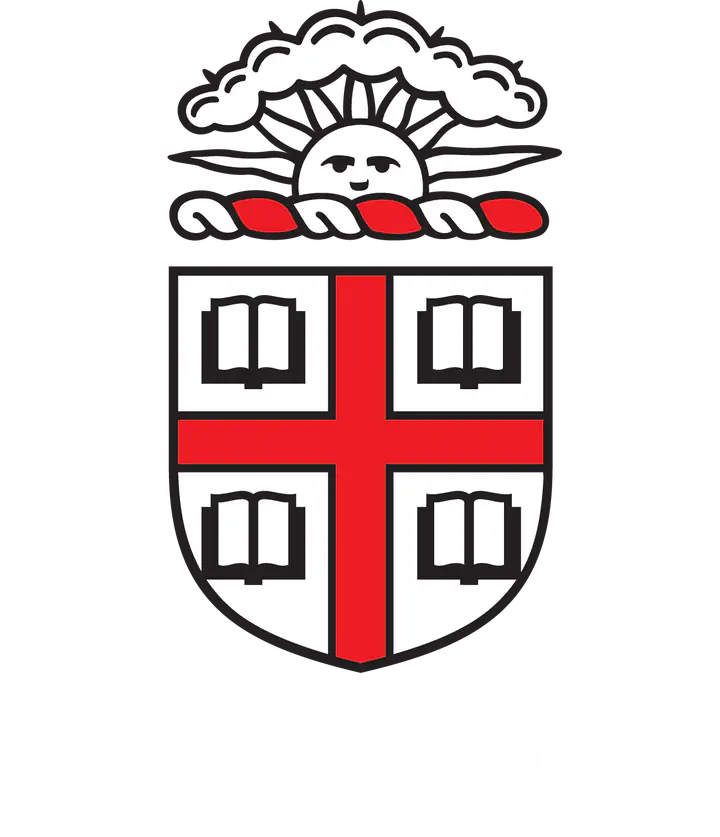STEMJazz Talklet with Beatrice Steinert

Abstract
Beatrice Steinert, one of our postdoctoral researchers, gave a remarkable STEMJazz talk on morphogenesis—how a fertilized egg turns into an animal. Her goal is to understand the essential steps that take the genetic code and the other information within the egg to build a body plan. Since Christiane Nüsslein-Volhard and others described genetically controlled intercell signaling through morphogenic gradients in fruit flies and zebrafish, some biologists have treated the problem as largely solved. Beatrice’s work shows that there is more to uncover.
She approaches morphogenesis as a scientist who is both analytical and highly visual, focused on the flow of information and on how to represent complex processes clearly. She wants to know exactly what cells are communicating to each other—how, when, and why—and to extend the microscopic, gene-centered view into a global understanding of the dynamics that drive development.
Beatrice began with a concise review of previous work, starting with the classic drosophila system. One surprising fact stood out: from fertilized egg to blastula to gastrula, early development in the fly proceeds through nuclear division only—no cell walls form during this period. The embryo reaches hundreds or even thousands of nuclei before cell boundaries appear. Watching these processes reveals synchronized waves of information traveling across the embryo that guide organization and differentiation. The underlying carriers of that information remain unknown, which makes this an especially rich area for study.
Beatrice’s current focus is on sea urchin embryos, which offer powerful experimental advantages:
- Sea urchins have a five-fold symmetry as adults but a bilateral body plan during early development, enabling comparative insights.
- Their genetic regulatory networks are already well mapped.
- A wide array of photonic markers and controls are available for imaging.
- Key developmental pathways are well characterized.
- Embryo cells are transparent to visible light, allowing long-term, non-destructive imaging with light-sheet microscopy.
- Development proceeds quickly—about 10 hours to gastrulation and 24 hours to the larval stage.
- The embryos are small and can be studied in parallel in large numbers.
- Perturbations and measurements can be performed without harming the organism using biochemical and optical tools.
These features make the sea urchin system an ideal platform for exploring the information dynamics of development. Large-scale movies of developing embryos, combined with biochemical markers, could enable computational approaches to identify the essential elements of developmental “state.” By physically perturbing and measuring responses, one can determine how information moves across the system and which variables are truly causal. This work also connects to ongoing studies in mammalian systems such as glial cell and cancer biology, where similar principles of coordinated communication may apply.
Beatrice’s talk made clear that she is building a foundation for an information-based theory of morphogenesis that respects both the biological detail and the systems-level logic of development. It’s a technically rigorous and conceptually bold effort, with potential to connect multiple areas of research across disciplines.
Thank you, Beatrice, for an engaging and thought-provoking STEMJazz talk.